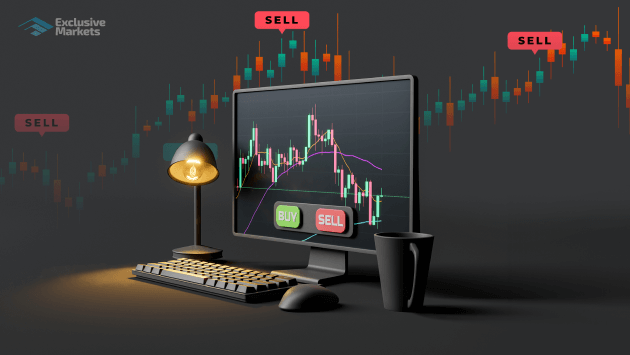
Leverage is a powerful tool in the world of forex trading that allows traders to control larger positions in the market with a relatively small amount of capital. For traders looking to maximize their potential profits, understanding leverage is essential. By utilizing appropriate leverage, traders can increase their exposure to the market without needing a substantial investment. To explore more tools and resources related to trading, visit leverage in forex trading trader-apk.com.
What is Leverage in Forex Trading?
Leverage in forex trading refers to the ability to control a larger position with a smaller amount of money. It is essentially a loan provided by brokers to traders, allowing them to increase their market exposure. For example, if a broker offers a leverage ratio of 100:1, this means that for every $1 of the trader’s capital, they can control $100 in the market. This creates the potential for amplified profits, but it also comes with increased risk.
How Leverage Works
When a trader uses leverage, they are required to deposit a certain amount of money, known as margin. Margin is the minimum amount of capital that must be held in a trading account to open a leveraged position. The leverage enables traders to open larger positions than their account balance would otherwise allow. For example, with a 100:1 leverage, a trader can open a position worth $10,000 with only $100 in their account.
Example of Leverage Calculation

To illustrate how leverage works, consider a trader who has $1,000 in their trading account and a leverage of 50:1. This means they can control up to $50,000 in the market (1,000 x 50). If the trader then successfully buys a currency pair and the value increases by 1%, they would gain $500 (1% of $50,000). This represents a 50% return on their initial investment of $1,000. However, if the market moves against the trader by just 1%, they would lose the same $500, which amounts to a 50% loss of their initial capital.
Advantages of Using Leverage
Leverage offers several advantages for forex traders:
- Increased Profit Potential: By trading on margin, traders can magnify their profits significantly. The ability to control larger positions allows for greater returns without requiring a proportional increase in capital.
- Flexibility: Leverage allows traders to diversify their portfolios by opening multiple positions across various currency pairs, even with a smaller amount of capital.
- Accessibility: Leverage makes forex trading accessible to more traders, as they can open positions and participate in the market without needing a large capital outlay.
Risks of Using Leverage
While leverage has the potential to increase profits, it also comes with substantial risks:

- Magnified Losses: Just as leverage can amplify profits, it can also magnify losses. A small adverse movement in the market can result in significant losses, potentially exceeding the initial investment.
- Margin Call: If the market moves against a trader’s position, they may receive a margin call, requiring them to deposit additional funds to maintain their position. Failure to meet this call can result in the automatic liquidation of positions.
- Psychological Pressure: The potential for significant gains and losses can induce emotional stress, leading to impulsive decision-making and riskier trading behaviors.
Best Practices for Using Leverage Wisely
To ensure that leverage is used wisely and does not lead to catastrophic losses, it is advisable to follow some best practices:
- Understand Your Risk Tolerance: Before using leverage, determine how much risk you are willing to take. This will help you decide on an appropriate leverage ratio for your trading account.
- Use Stop-Loss Orders: Implementing stop-loss orders can help limit potential losses. These orders automatically close a position once a predetermined loss level is reached, protecting your capital.
- Start Small: If you are new to trading with leverage, start with smaller positions to familiarize yourself with the risks involved before scaling up your trading activities.
- Continuously Educate Yourself: Stay informed about market conditions, leverage effects, and risk management strategies. Knowledge is crucial in making informed trading decisions.
Conclusion
Leverage in forex trading can be a double-edged sword, presenting both opportunities for increased profits and substantial risks. Understanding how leverage works, assessing your risk tolerance, and employing sound risk management practices are essential steps for any trader looking to utilize leverage effectively. By approaching leverage with caution and respect, traders can navigate the complexities of the forex market and potentially enhance their trading success.
